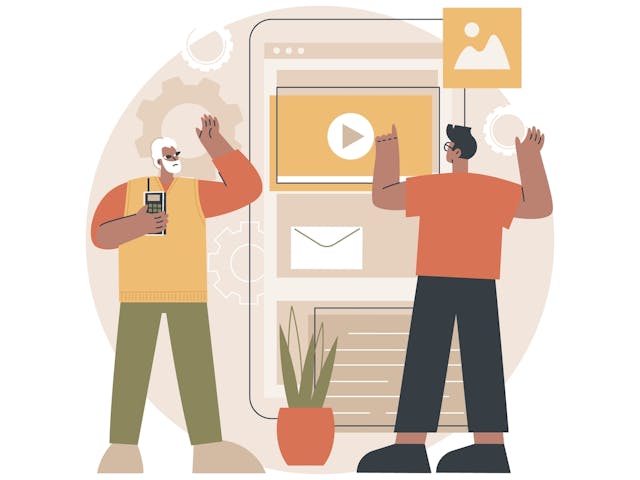The community of Orangeburg, South Carolina, is home to two Historically Black Colleges and Universities. Unsurprisingly, these institutions—Claflin University and South Carolina State University—make the internet available to their students and faculty. In fact, earlier this year, the latter institution installed a brand-new, very zippy system.
But just off campus in the surrounding neighborhoods, high-speed internet is hard to come by, and it tends to be expensive for folks in a county where Census data show the median household income is $36,802, and the poverty rate is 19 percent, according to Jochai Ben-Avie, chief executive of the nonprofit Connect Humanity.
So his organization is working with the city of Orangeburg and Claflin University to extend the university’s broadband out into the surrounding community at affordable rates. And because research from McKinsey suggests that more than 80 percent of HBCUs are located in “broadband deserts,” it’s a strategy that may work elsewhere in the country, too.
“That makes HBCUs and other minority-serving institutions, and universities more broadly, really interesting and powerful partners in bridging the digital divide,” Ben-Avie said.
The Orangeburg approach is an example of the role higher education could play in helping to get millions of people of all backgrounds, income levels and parts of the country connected to high-quality internet in order to more-fully participate in the modern world—a concept that some advocates have started to call “digital equity.” This was the topic of a webinar hosted last month by the American Association of Colleges & Universities, in which Ben-Avie and other panelists urged college leaders to embrace their institutions’ identities as “anchors” in their neighborhoods and regions in order to help conquer the digital divide.
Higher ed has been paying more attention to this idea since pandemic-era remote learning underscored students’ uneven access to computers and internet. Yet researchers and nonprofit and government leaders are calling on colleges to think bigger, beyond their own students, to consider how they can lend their expertise and resources to make a difference off campus, too.
“Widespread broadband adoption contributes to greater prosperity for communities,” said Karen Mossberger, co-author of the book “Choosing the Future: Technology and Opportunity in Communities.” “Research shows that like education, it has spillover benefits for society.”
Beyond Wi-Fi
Getting involved in digital equity efforts may be of special interest to colleges right now because of an influx of billions of federal dollars becoming available for relevant programs through the Infrastructure Investment and Jobs Act. Some of that federal money is earmarked for state-led efforts, while other sums will be available for colleges to apply for directly.
Higher ed institutions should consider how they can tap into all these funding streams and collaborate in education, research, outreach and workforce-development efforts, said Angela Thi Bennett, digital equity director for the National Telecommunications and Information Administration of the U.S. Department of Commerce.
“That is such a great space for higher ed to show up in because you train the workforce,” she explained during the webinar. “You’re that foundation for every occupation, from our technical colleges to our community colleges to our HBCUs to our other minority-serving institutions.”
Higher ed should think beyond just helping people access devices and Wi-Fi, the panelists argued. There are also big needs in cutting technology costs, teaching people digital literacy and technical skills, and producing online tools and publishing materials that are relevant and helpful to people from diverse backgrounds and different neighborhoods.
“Digital equity is not just about infrastructure, although it often begins there,” Ben-Avie said. “There’s a big gap between availability and adoption, and one of the biggest factors, if not the single biggest factor, is affordability. Just having access doesn’t matter unless you can afford it.”
And colleges can do more than just share their internet. That may mean encouraging faculty with the right research skills and interests to evaluate digital outreach and access programs, or working with students to host listening sessions with members of local communities to document their digital needs, Mossberger suggested.
For example, Arizona State University, where she works as a professor and director of the Center on Technology, Data and Society, is actively involved with county officials in running relevant, regional digital equity programs.
“Small, local governments struggle with this, even though the will is there, and sometimes the need is greatest there,” Mossberger said. “So colleges and universities, I think, can really play a role in helping those communities.”


